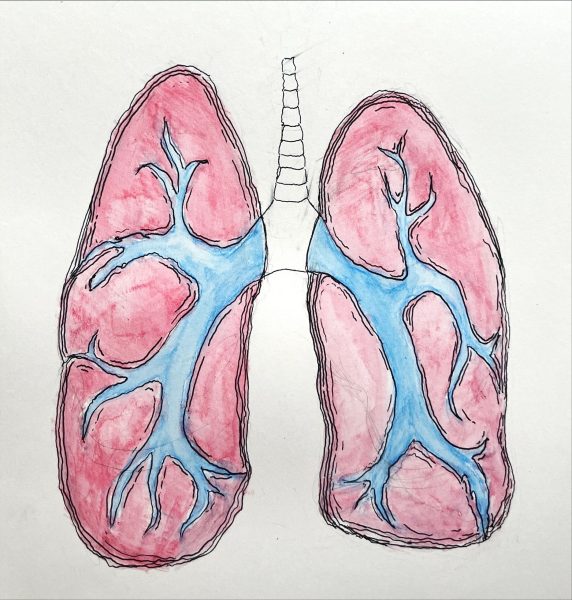Government widens poverty gap
October 25, 2005
In the aftermath of Hurricane Katrina, an uncomfortable truth has been exposed: There is still poverty in America.
In the weeks following the destruction in New Orleans, the media has been filled with images of displaced persons who lost virtually everything. Many of those people were stuck in the city because they were too poor to evacuate in time.
Poverty is a tricky subject to talk about because it forces us to question the conventional wisdom that we live in a land of abundance.
From a very young age, Americans are taught that if you work hard, you will be economically rewarded.
It is also a common notion that one only becomes poor because of laziness or some sort of personal failure.
A brief look at the U.S. Census Bureau’s historical poverty data suggests a more complicated reality. In 1959, the first year for which data is available, 22.4 percent of the population lived in poverty. The poverty rate today is 12.7 percent. What factors are responsible for the drastic fluctuation?
One major factor was President Johnson’s “Great Society” policies, which gave us Medicare and Medicaid, the Department of Housing and Urban Development and Head Start. Though funding for Johnson’s initiatives ultimately was hamstrung by the high cost of the Vietnam War, it expanded the opportunity for millions of Americans who otherwise would have languished in poverty.
Looking at the data over time also suggests personal responsibility is not as strong a factor as one might think.
According to the U.S. Census Bureau, more than 1.1 million people fell into poverty during 2004, bringing the total number of poor in America to an astounding 37 million people. It was the fourth year in a row in which the poverty rate rose. Prior to 2001, the poverty rate had fallen steadily for eight years.
It seems unlikely the work habits of millions of people improved during the Clinton years and then declined during the Bush administration. Rather, it seems more likely a combination of capricious global economic forces and government policy affected the poverty rate.
Some of those government policies include: the 25-year long shift of the tax burden from corporations and the wealthy to the middle class, international trade agreements that encourage corporations to move jobs overseas and the gradual dismantling of the social safety net here at home. All three efforts have been largely bipartisan.
Taken together, these policies contributed to the shrinking of the middle class, persistent job insecurity and the largest income gap in America since the 1920s.
But in America, we’re not supposed to talk about class; even suggesting America has different classes is enough to elicit accusations of inciting class warfare.
But a realistic look at the situation makes it impossible not to see class.
The poverty line for an individual under 65 in the U.S. is $9,827. If you’re earning $10,000 a year, you’re officially “not poor.” Given the reality of economic expenses, it would be difficult, if not impossible, to live on that amount.
As for those of us fortunate enough to be in the middle class, economists Thomas Piketty and Emmanuel Saez found between 1973 and 2000 the average real income of the bottom 90 percent of Americans declined by 7 percent.
On the other hand, the very rich have done exceedingly well. Over the same period of time, the income of the wealthiest 1 percent of Americans increased by almost 150 percent.
In short, the vast majority of Americans work longer hours for less pay. That is a gross betrayal of the “American Dream.”
It is neither romantic nor immoral to be poor; the same goes for being rich. But the widening gulf between those extremes bodes ill for America.
To quote Supreme Court Justice Louis Brandeis, “We can have a democratic society, or we can have the concentration of wealth in the hands of a few. We cannot have both.”
Columns reflect the opinion of the author and not necessarily that of the Northern Star staff.













